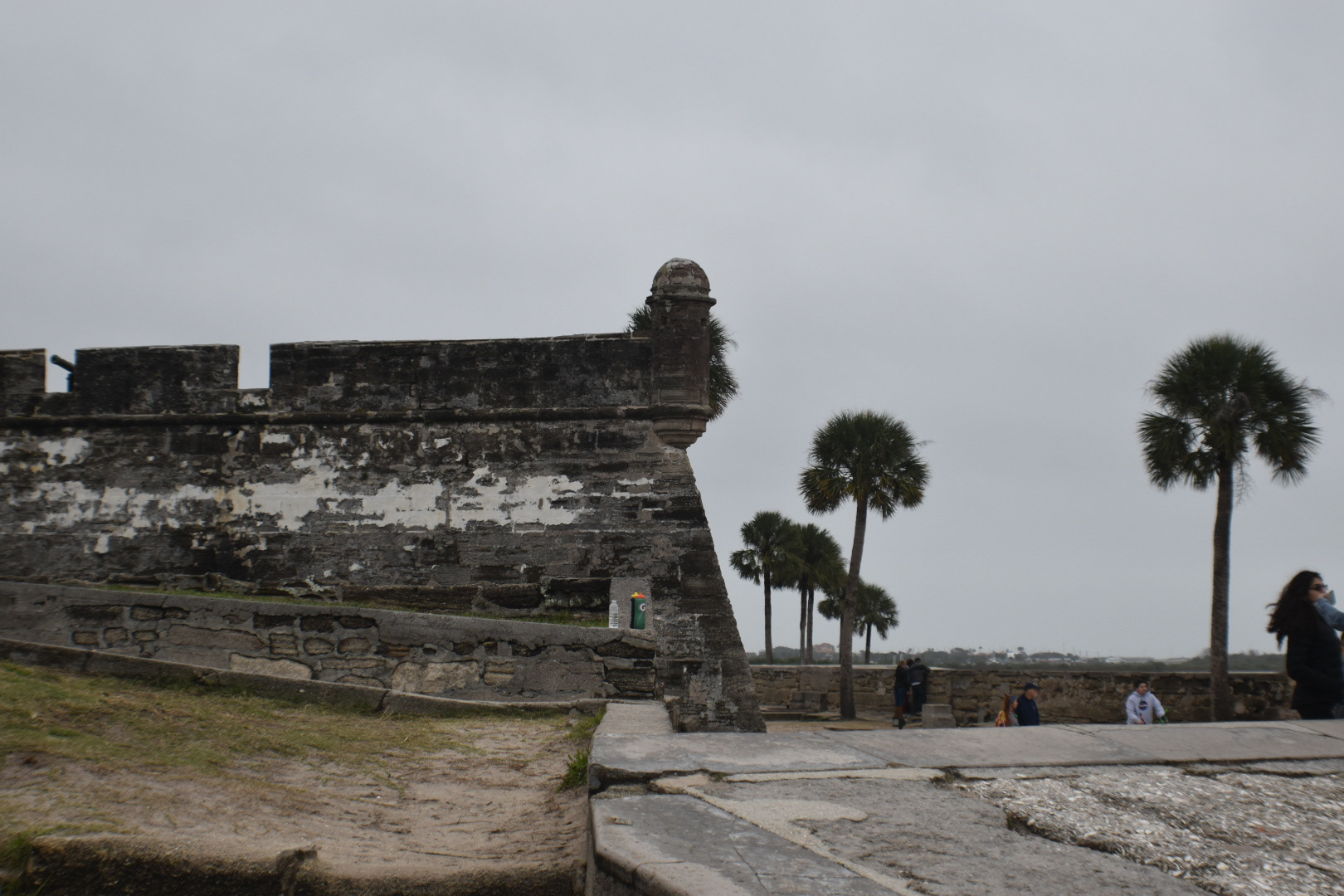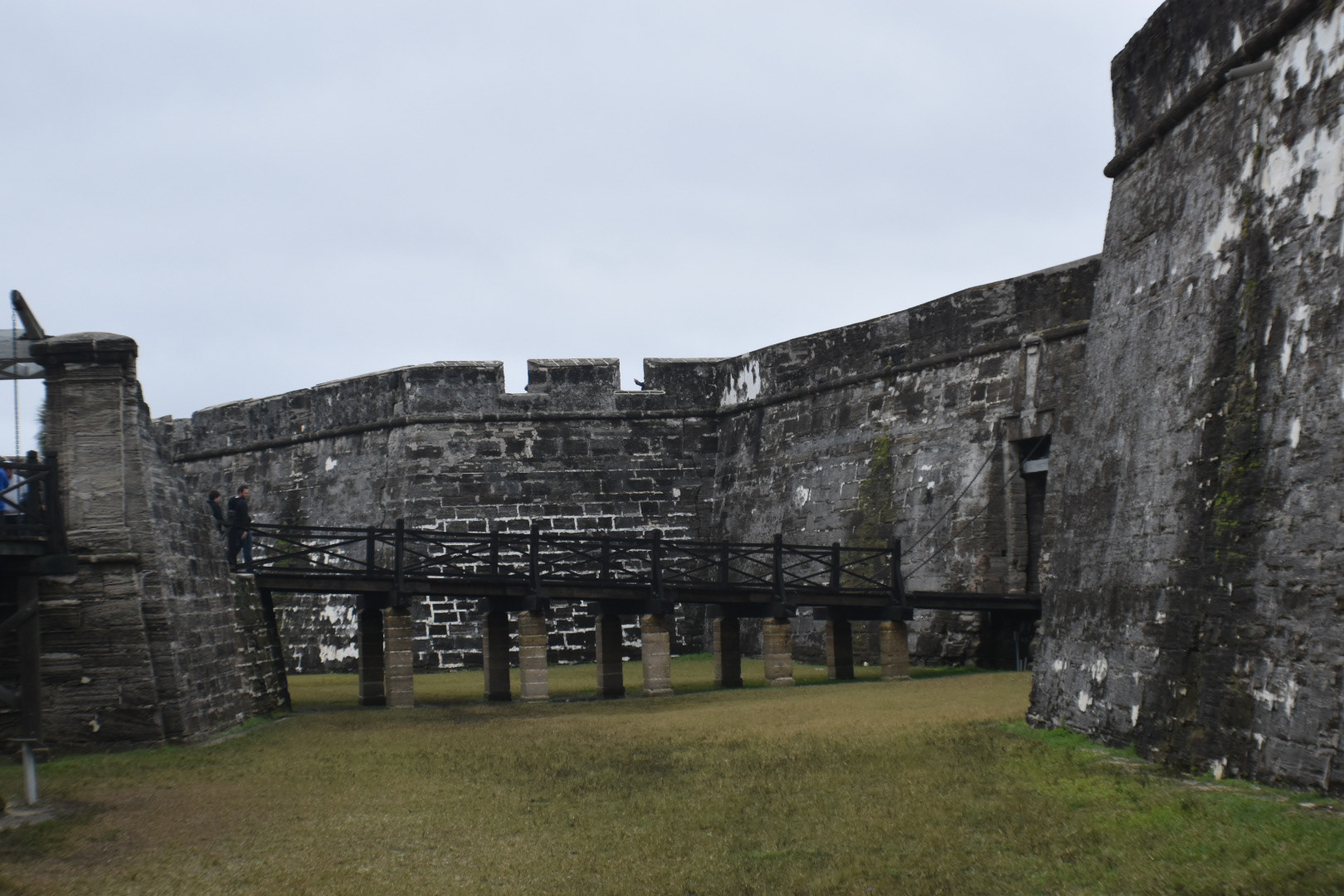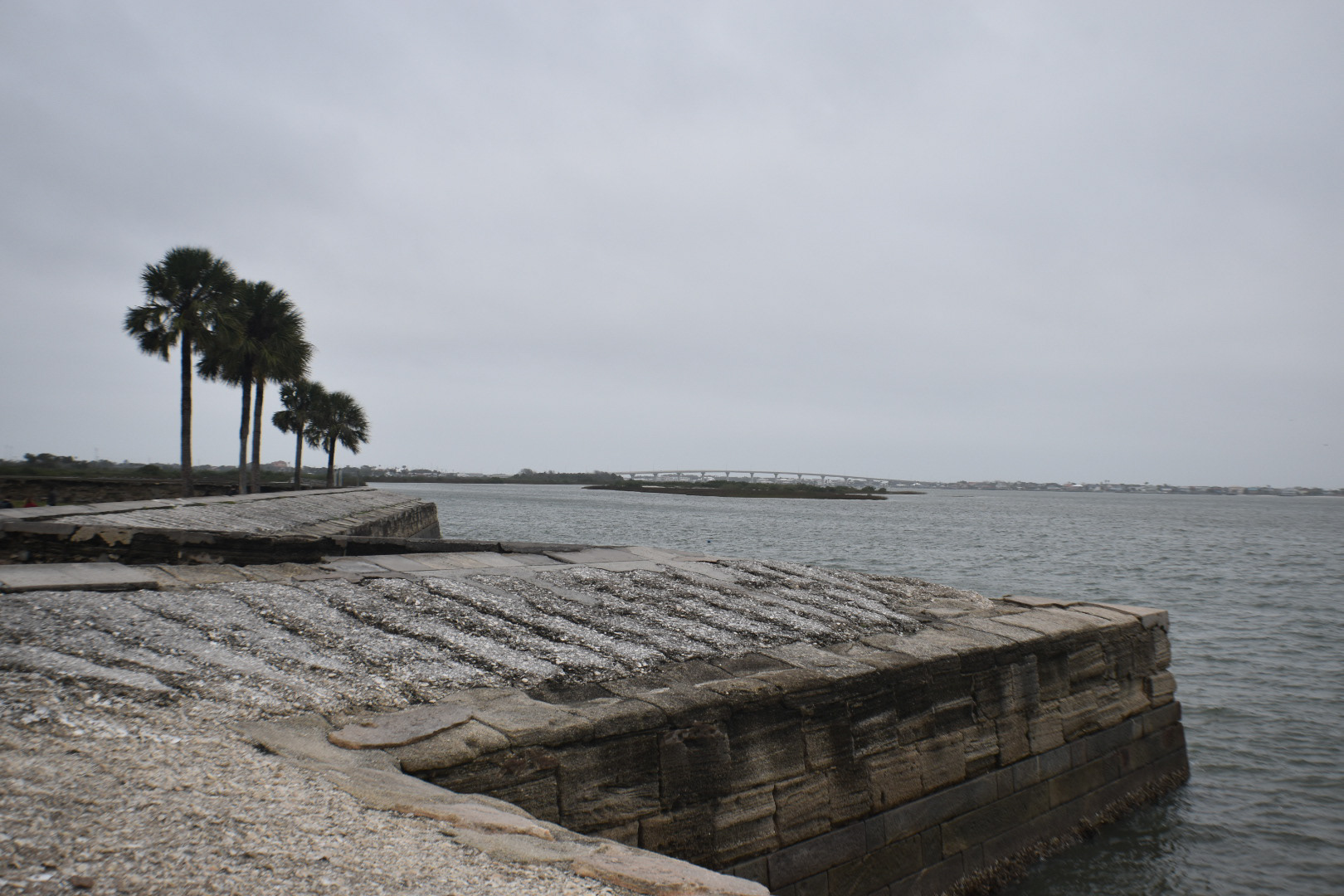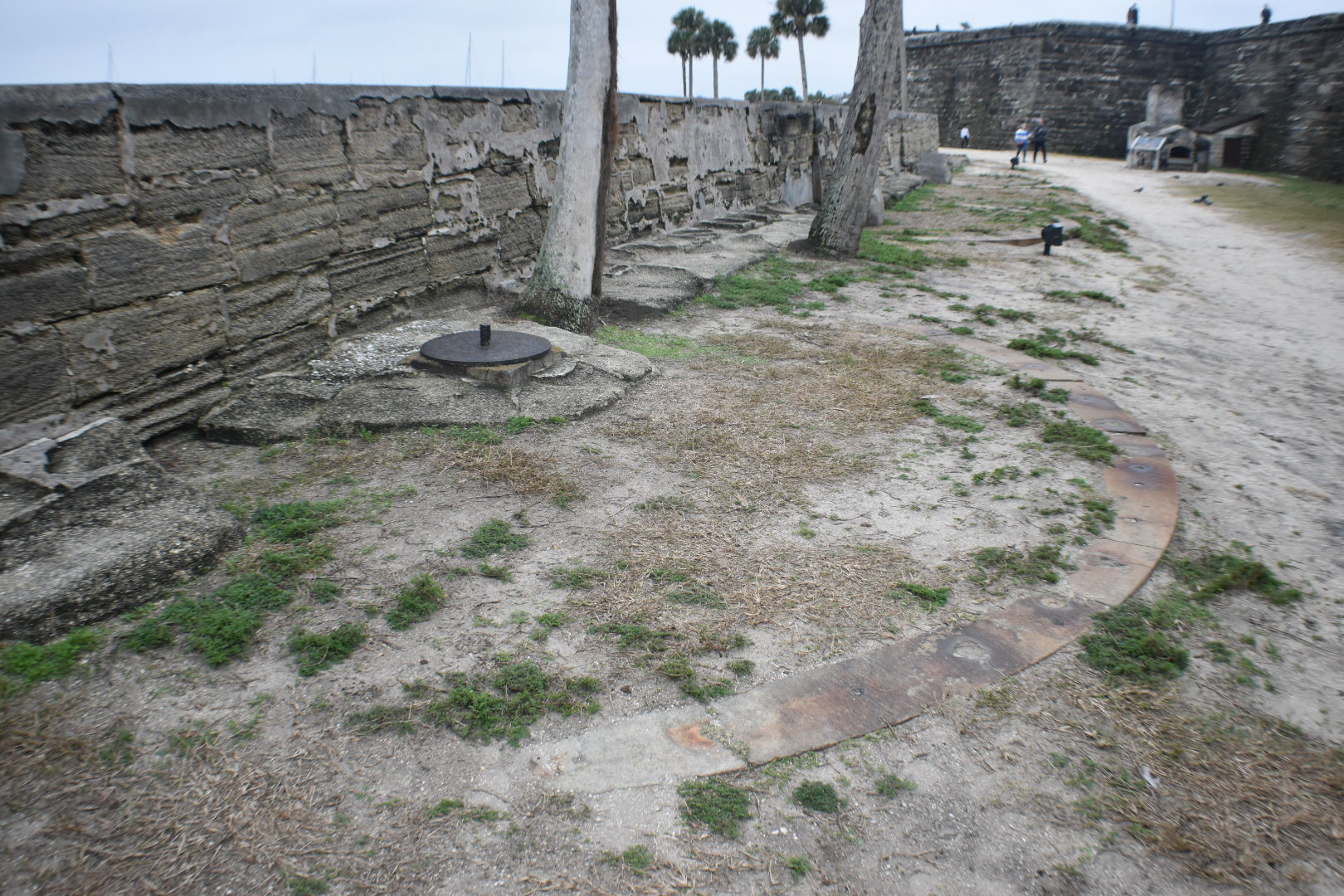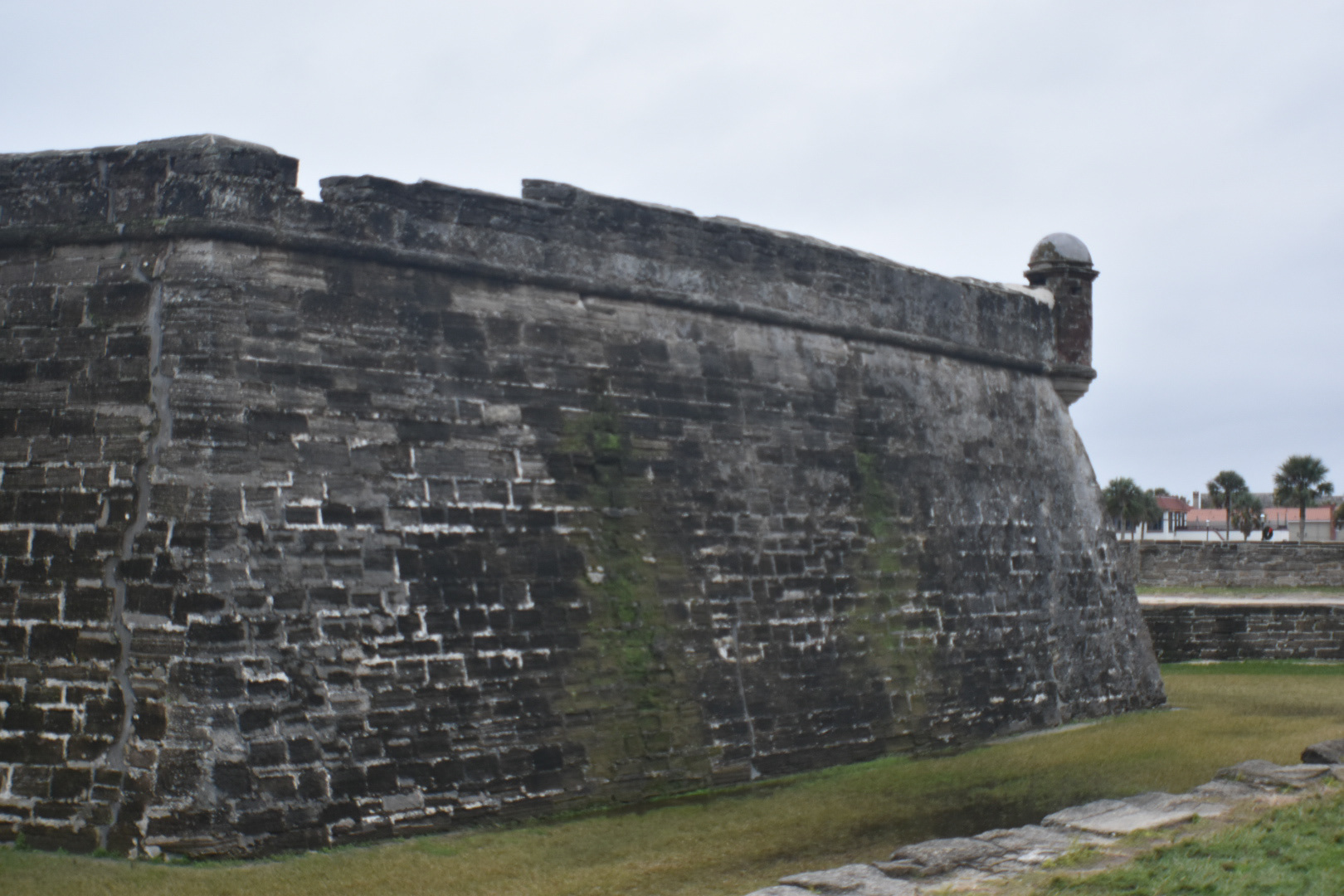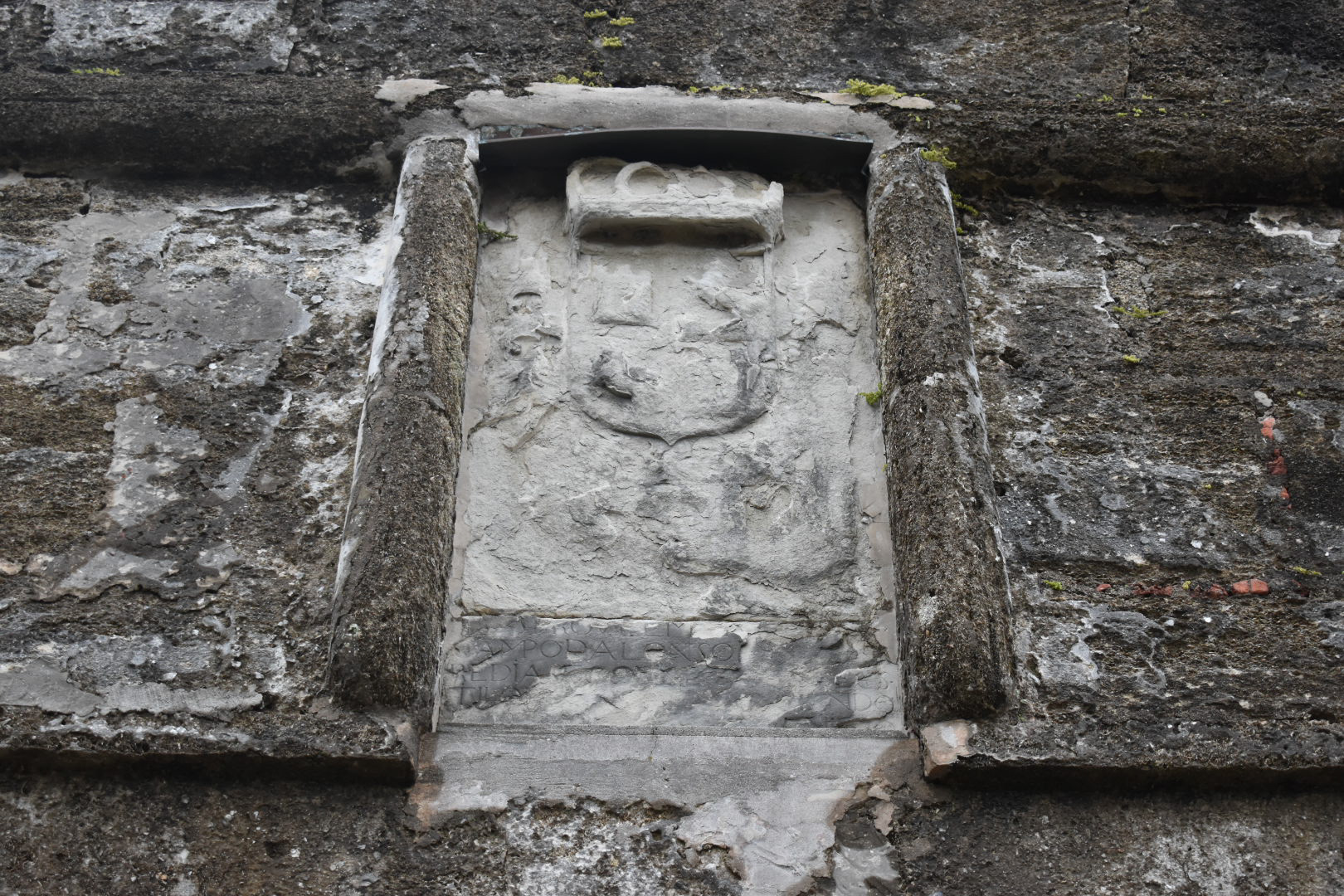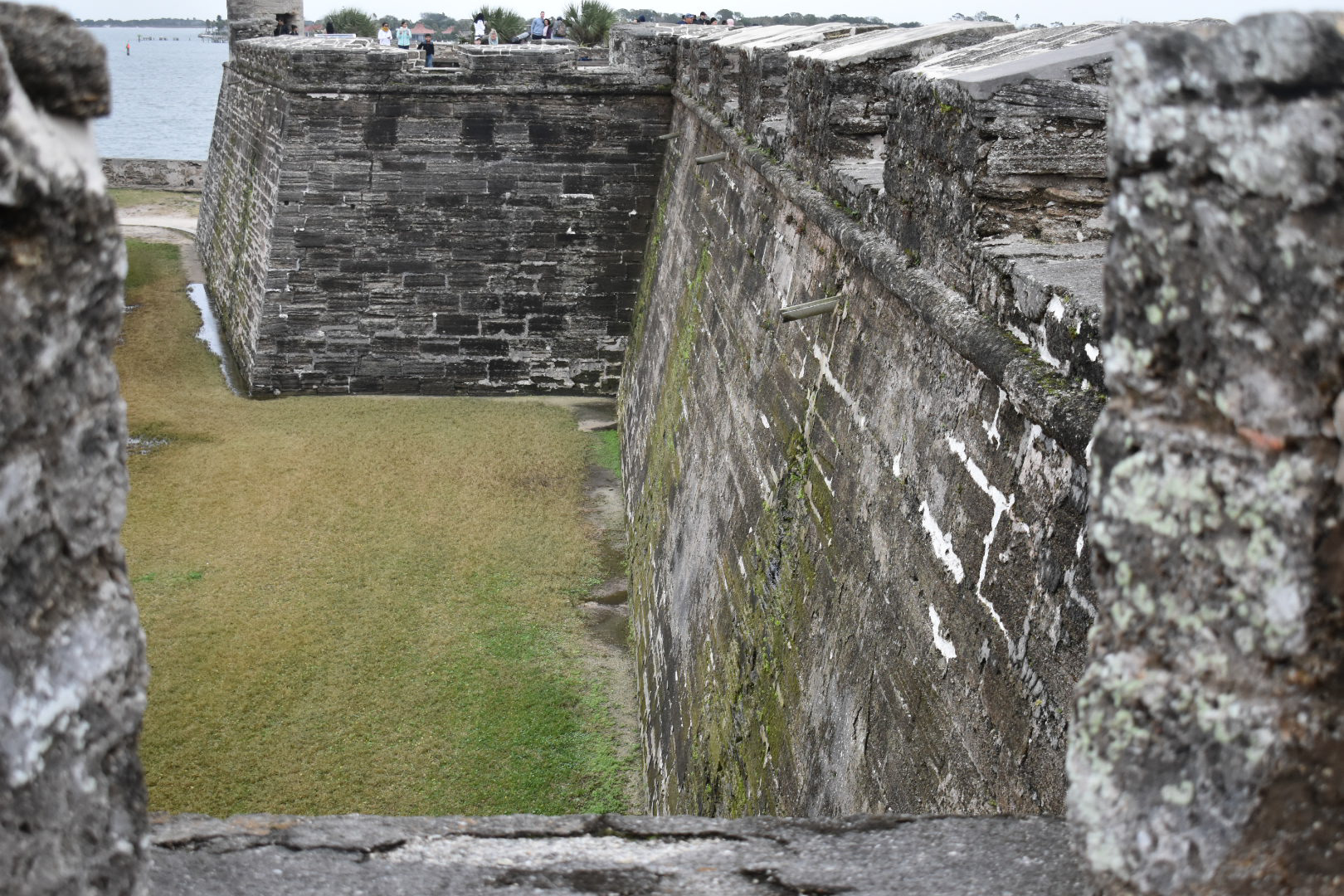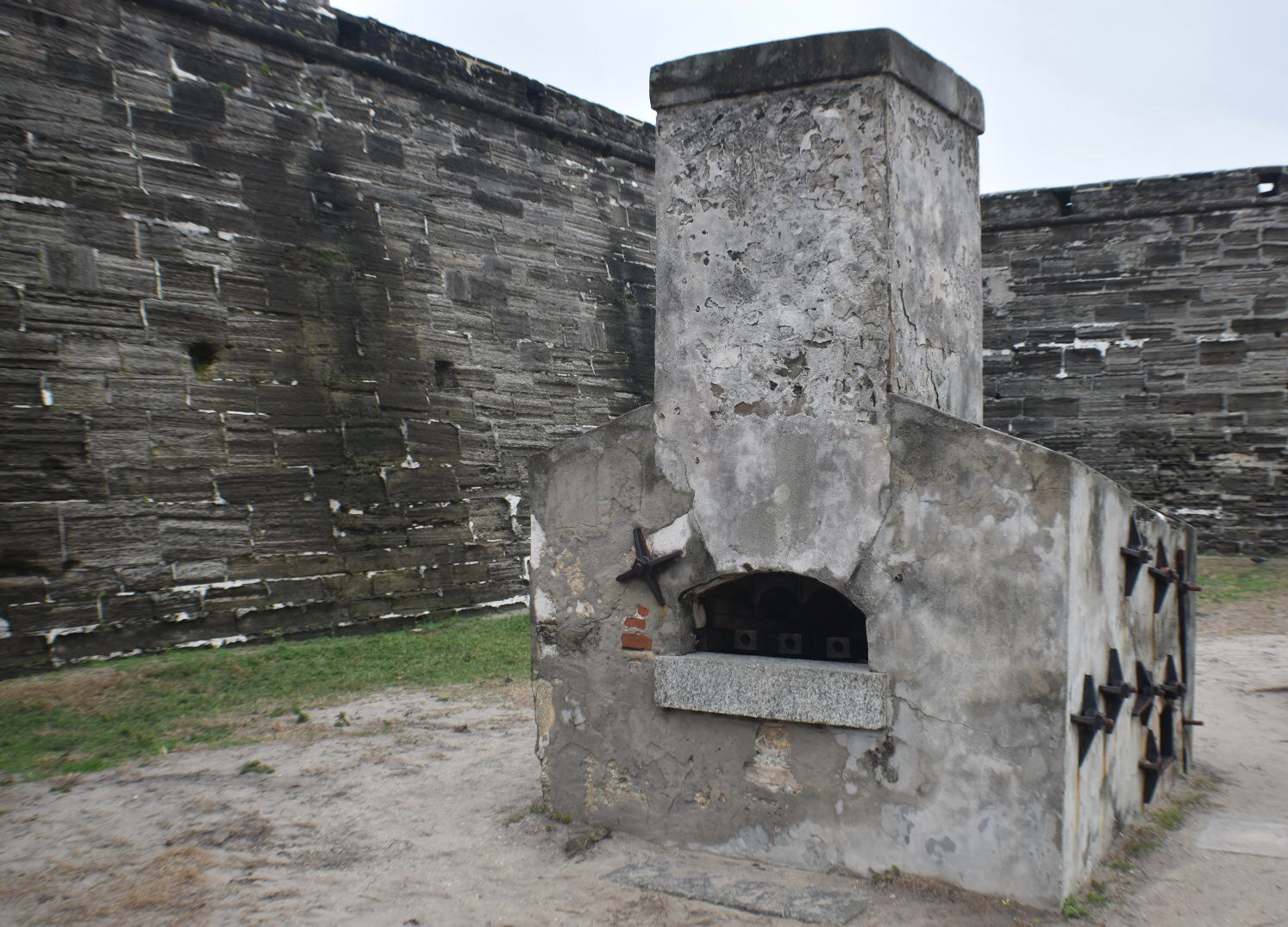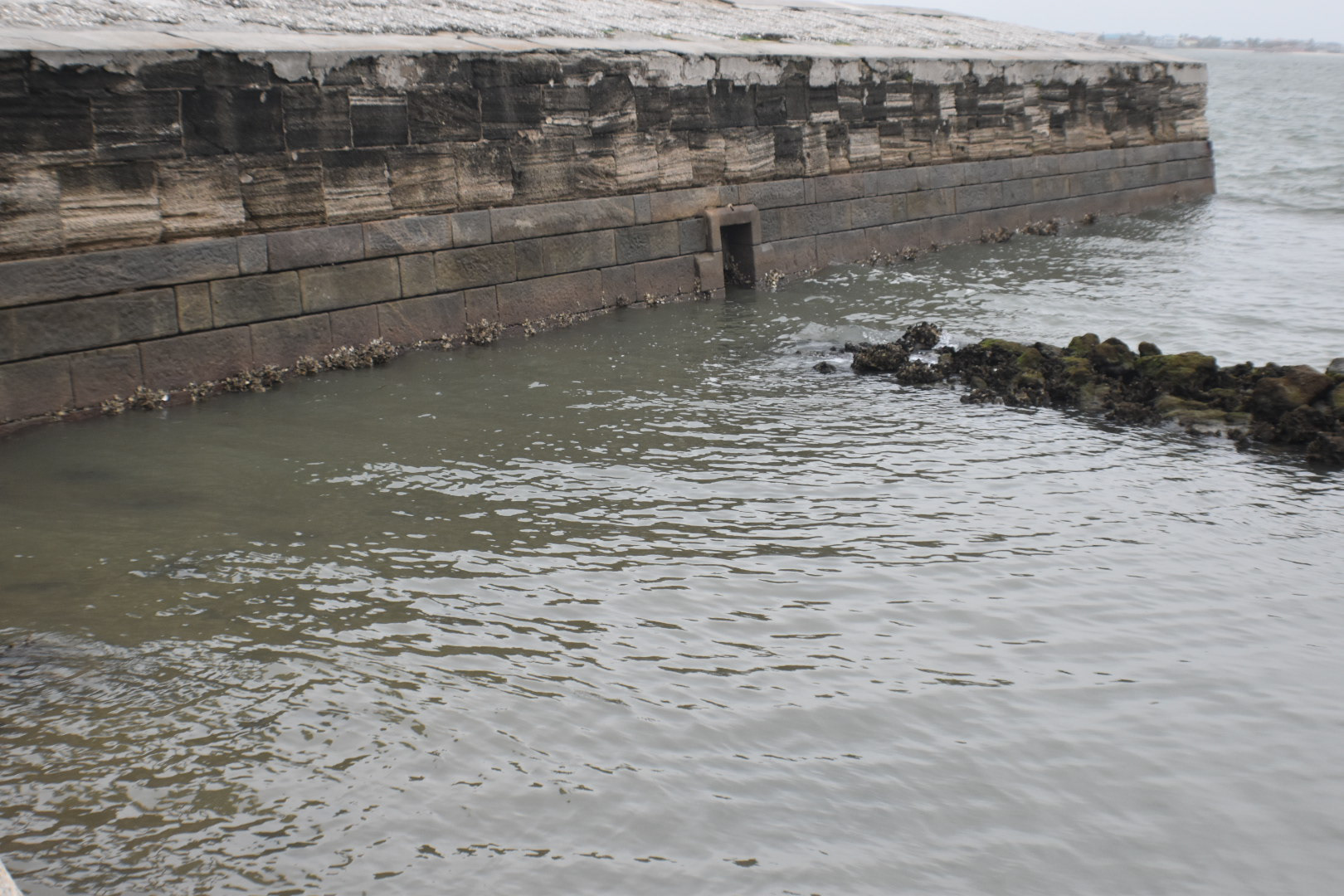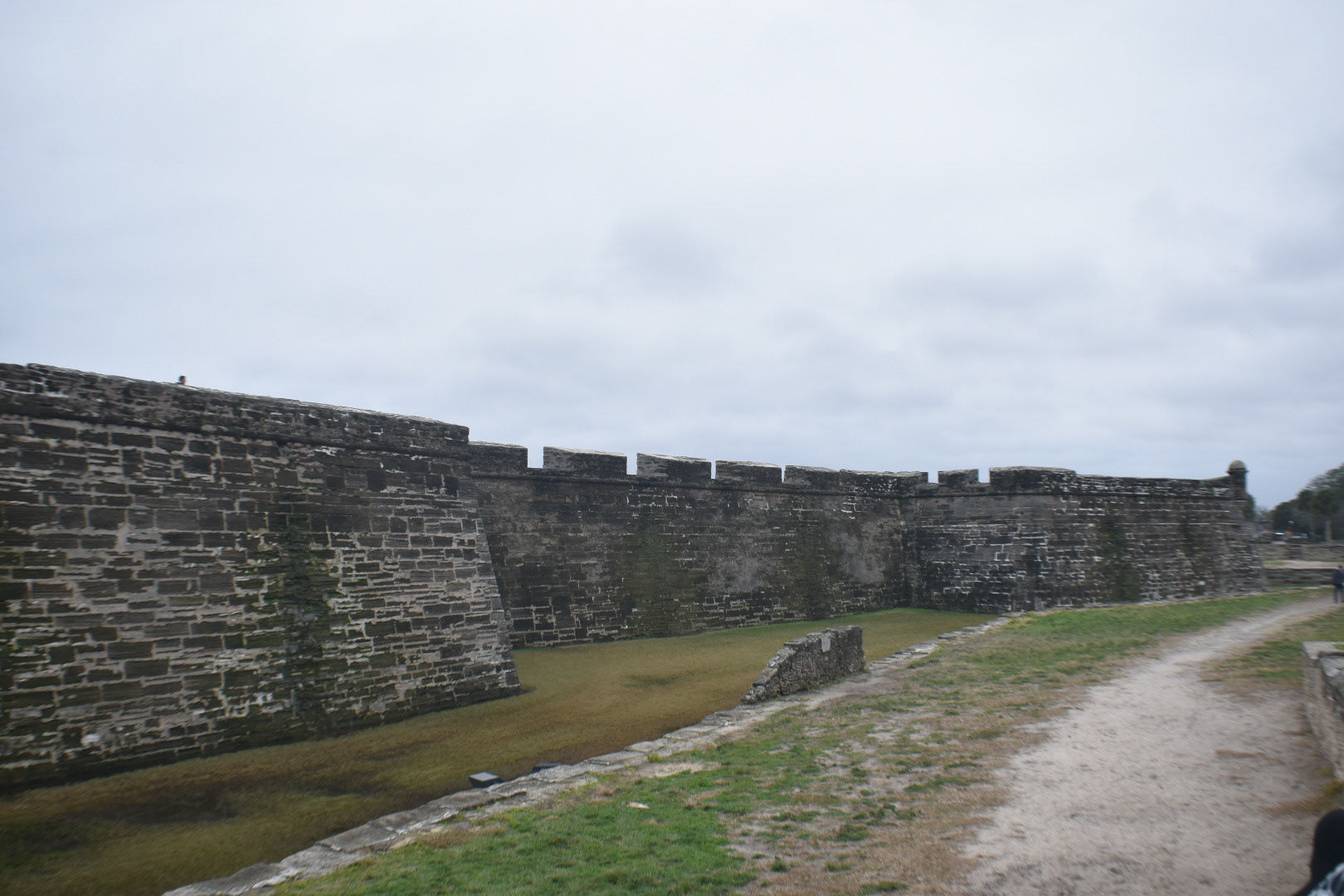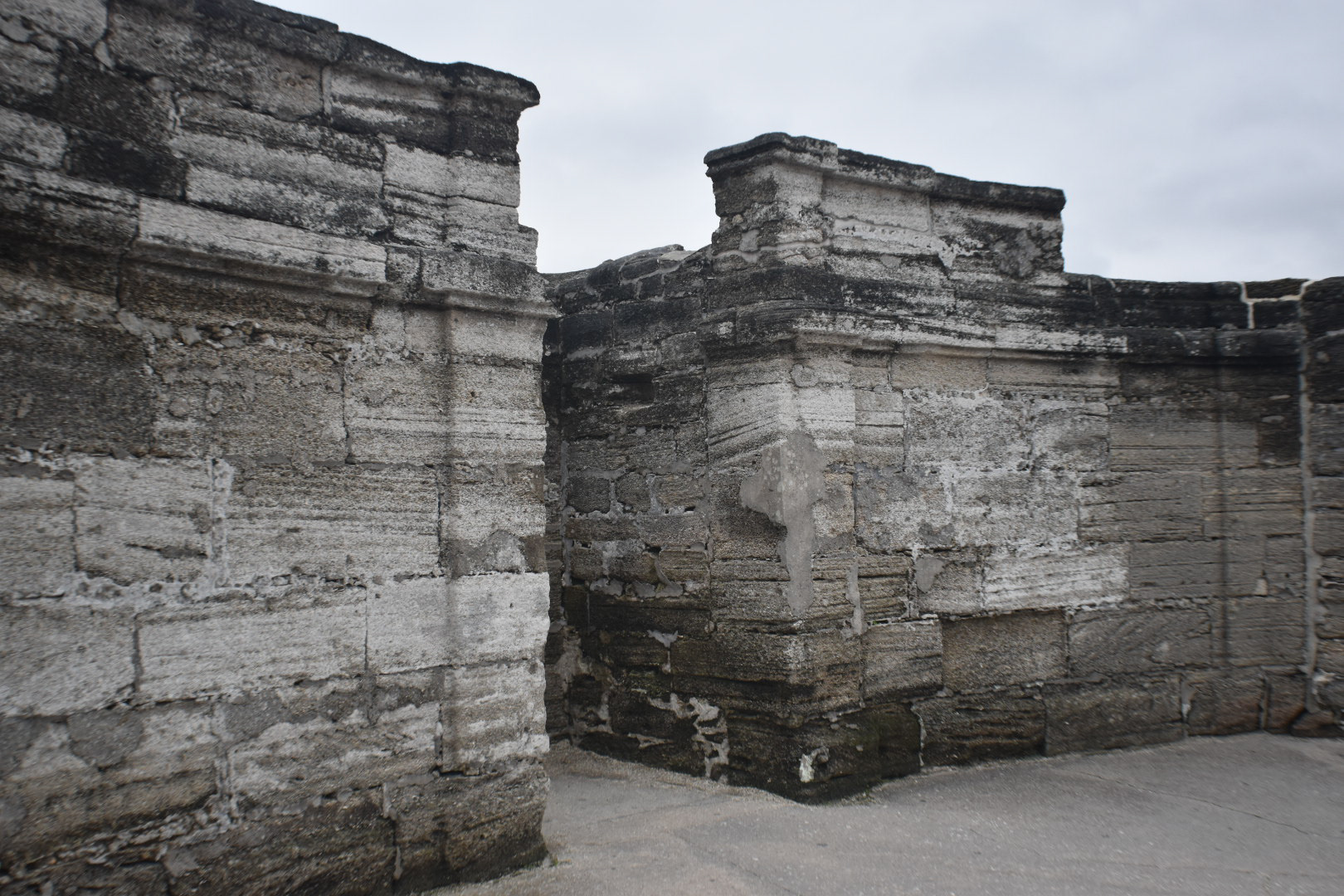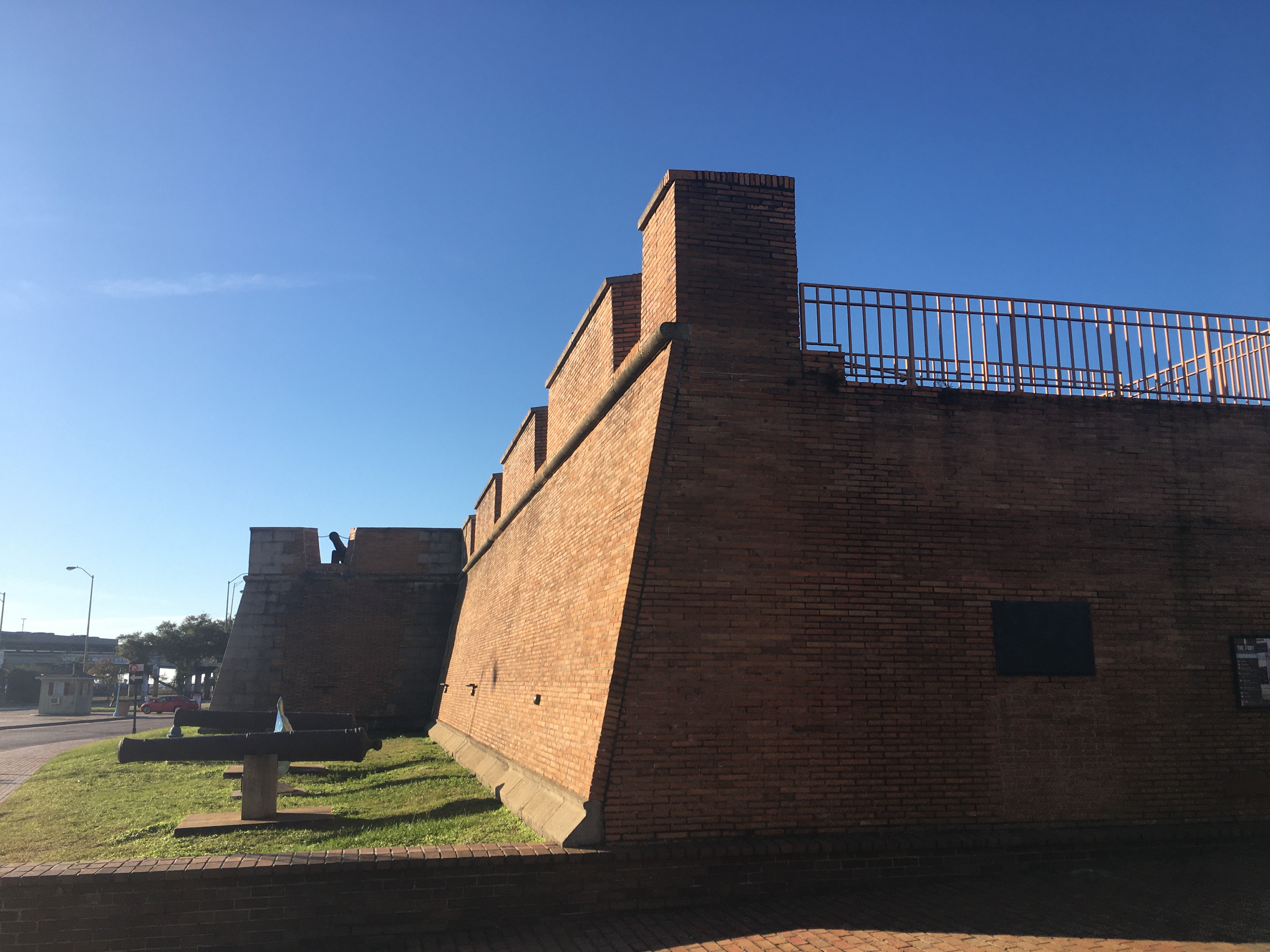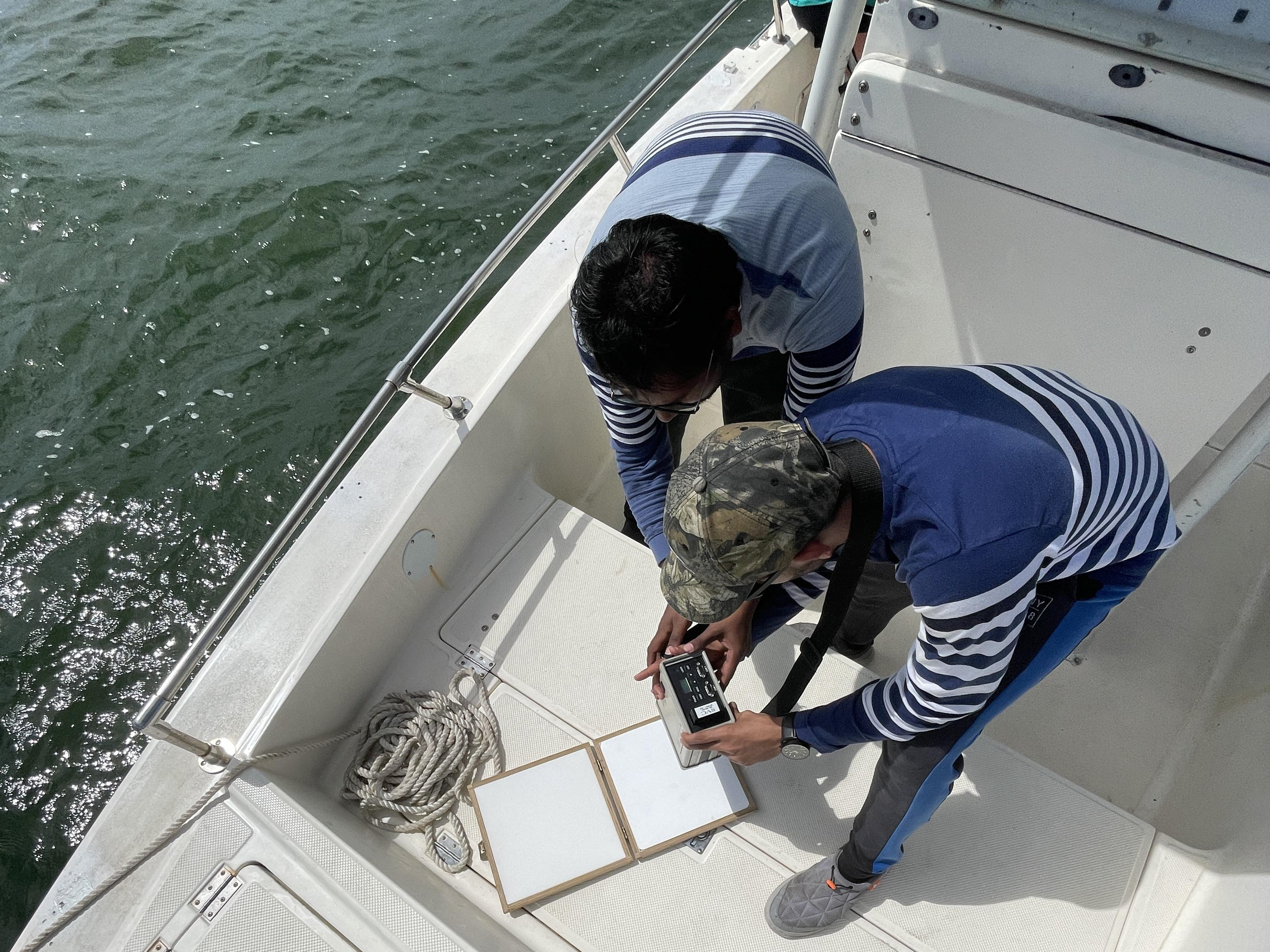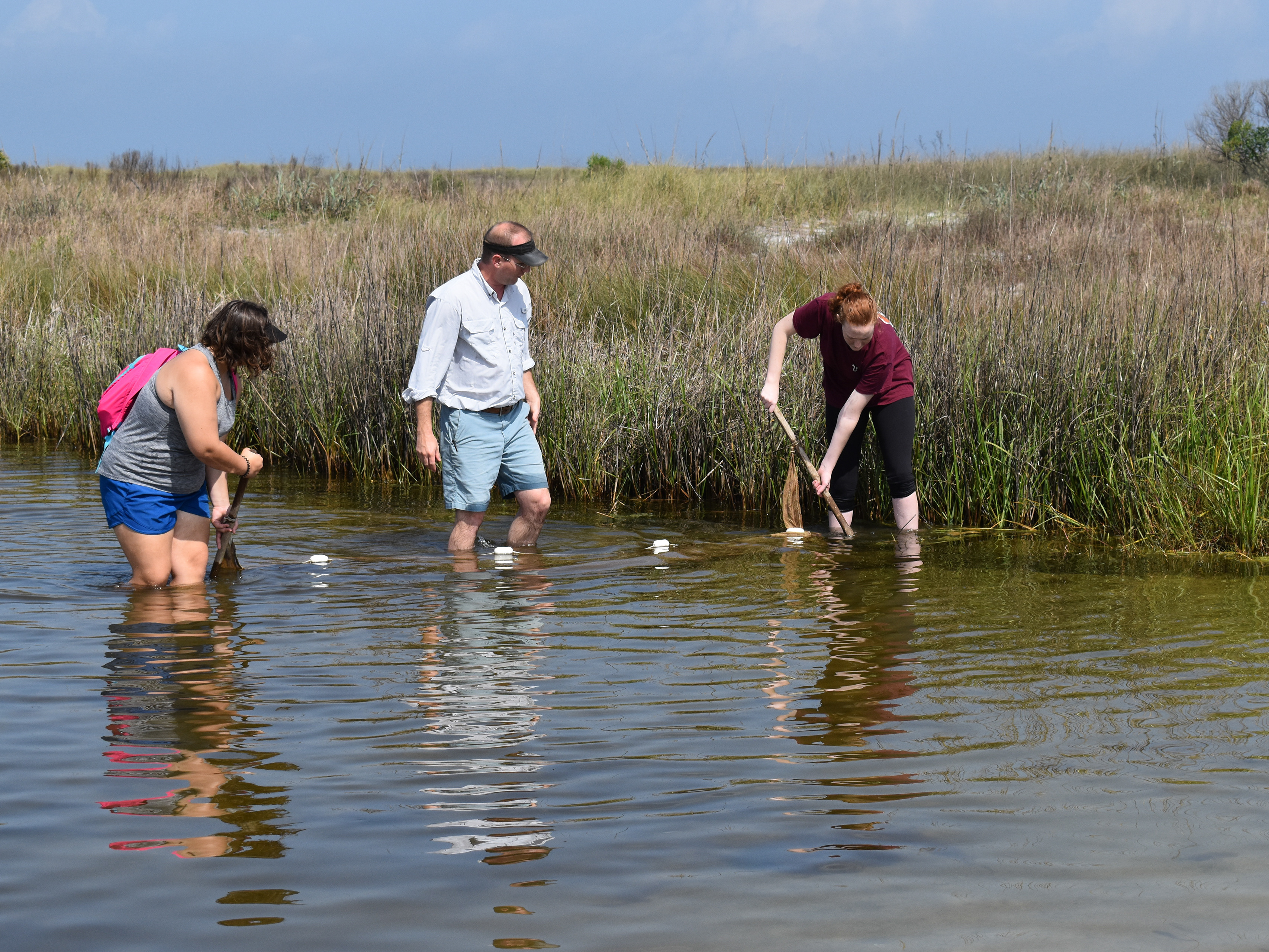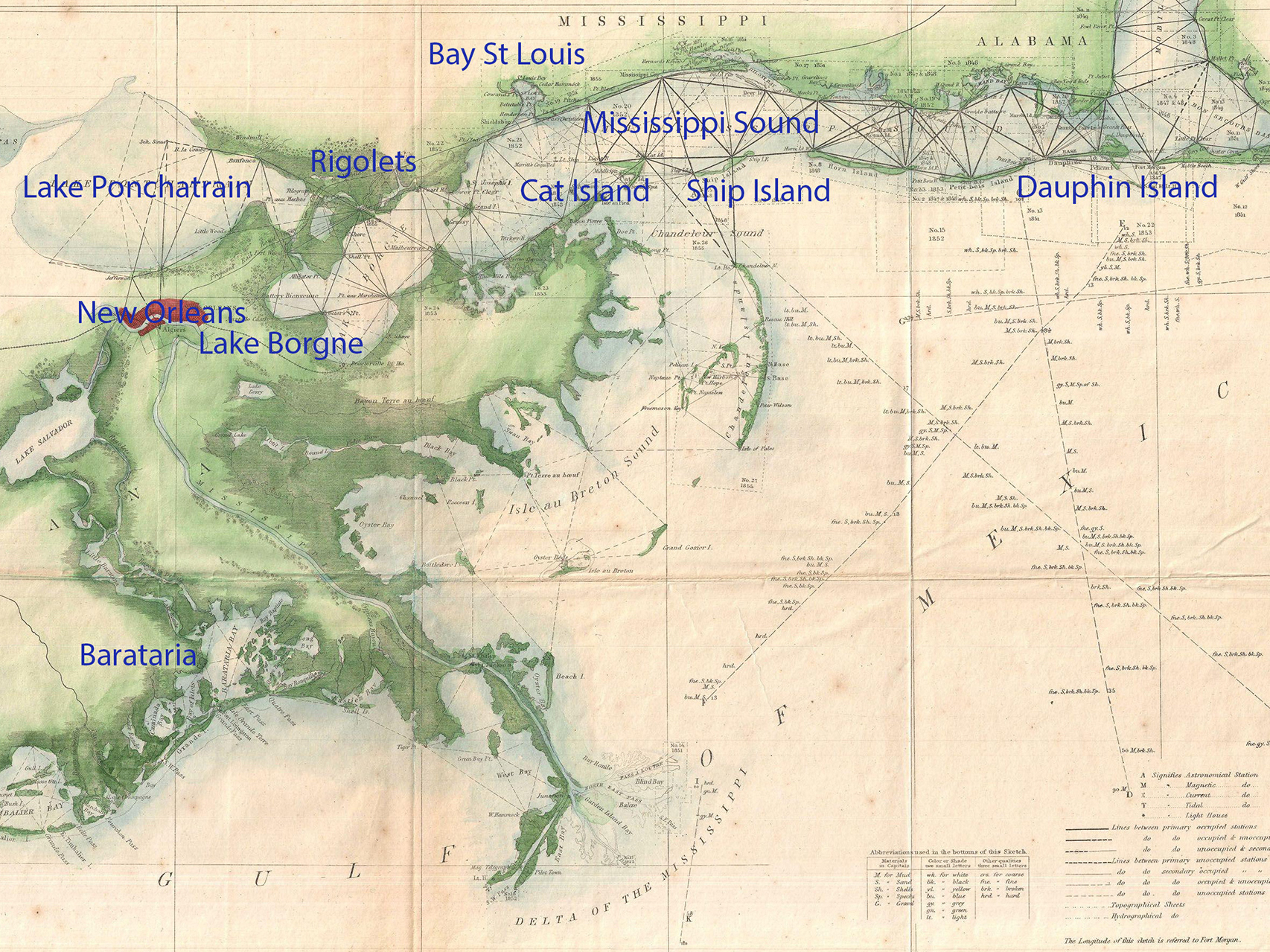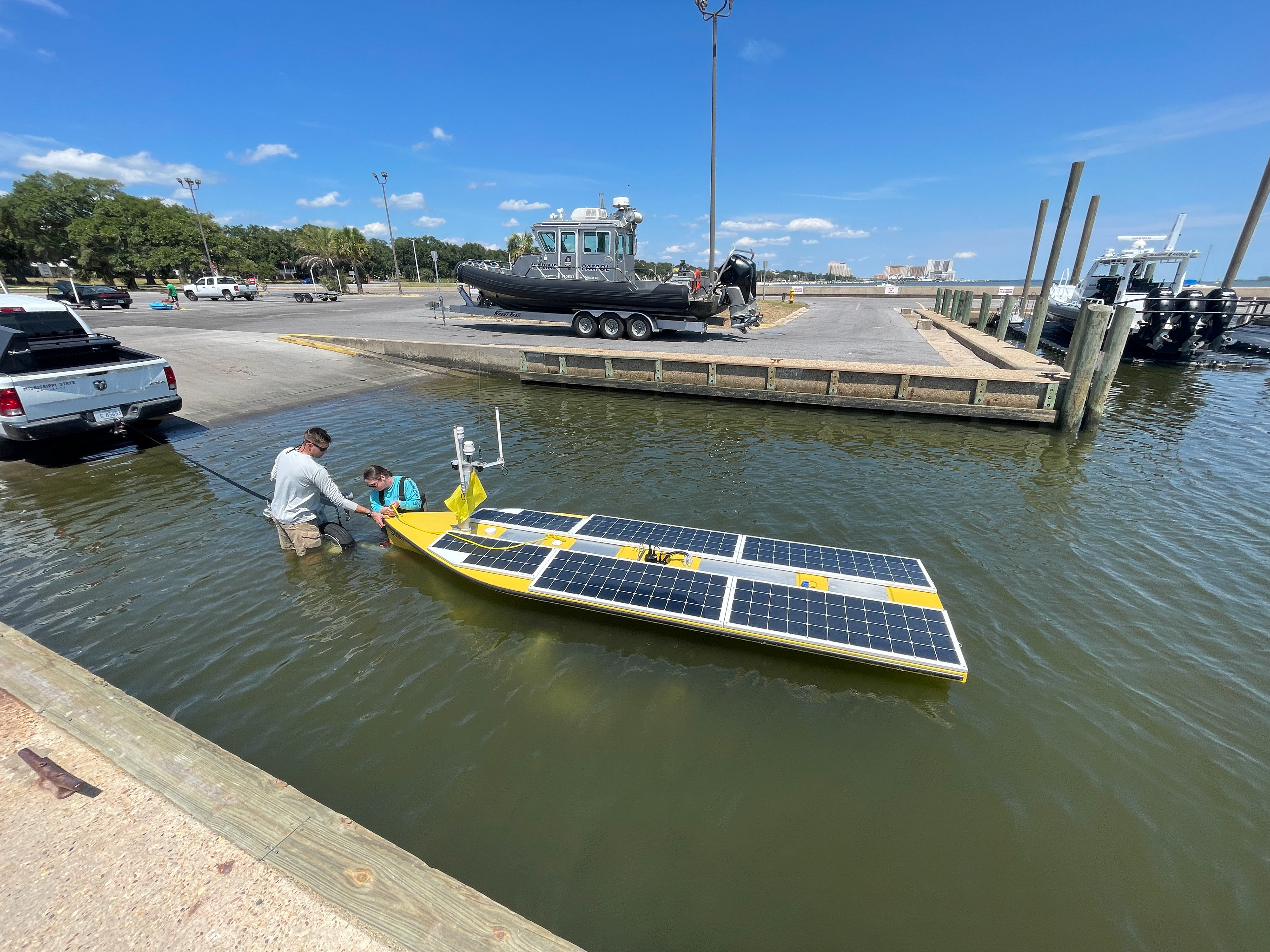We traveled to St Augustine on a whim to finish the initial part of the Elsaesser Fellowship Project.
Though St Augustine is on the Atlantic coast and well away from the historic fortifications of the Gulf, it felt like a shame to leave out the oldest city and fortification complex in the country.
St Augustine was originally discovered and settled by the Spanish Explorer Ponce de Leon in 1513. Founded as a Spanish City in 1565 and fully fortified by 1627.
The original Spanish brick and masonry fortification is cited as being important in the design of the much later American fortifications built as part of the second and third system coastal defense networks. The Spanish troop garrisoned at the Castillo de San Marcos later brought their families and established the city outside the walls of the fort in 1565.
Castillo de San Marcos is the oldest known masonry fort in the continental United States. Located on Matanzas Bay in the city of St. Augustine, Florida. The construction of the masonry components of Castillo de San Marcos was ordered by the Spanish Governor after English privateer Robert Searles sacked and burned the city in 1668.
Castillo de San Marcos was attacked by British forces several times throughout its history. First in 1668, again in 1702, and yet again in 1740. The Castillo was never successfully taken through use of force.
When England gained control of Florida in 1763 following the Treaty of Paris, the city of St. Augustine was to become the capital of British East Florida, and the Castillo was renamed Fort St. Mark until 1783 when Florida was transferred back to Spain and the fort's original name was restored.
Following Andrew Jacksons occupation of Florida, Spain ceded the area to the United States in 1821 at which time, the fortress was handed off to the United States Army and was renamed as Fort Marion (Francis Marion - American Revolutionary War hero).
Declared as a National Monument in 1924, the Castillo was officially decommissioned in 1933 after 251 years of active military service, at which time the site was turned over to the U.S. National Park Service.
Under U.S. control, the fort was also used as a military prison holding members of Native American tribes starting with the Seminole chief, Osceola,as well as members of Geronimo's Apache Nation.
During their imprisonment, the Native American Plains tribes were thought to develop an Native American art form known as Ledger Art.
Possession of the Castillo has changed six times, all peacefully, through the hands of four different countries.
Spain, 1513–1763 and 1783–1821.
Great Britain, 1763–1783.
Great Britain, 1763–1783.
Confederate State of America, 1861-1865
United States of America, 1821–1861 and 1865 to Present
United States of America, 1821–1861 and 1865 to Present





